

Engage prospects with a scan and streamline customer engagement with FREE QR code marketing tools by Sona – no strings attached!
Create a Free QR CodeFree consultation

No commitment

Engage prospects with a scan and streamline customer engagement with FREE QR code marketing tools by Sona – no strings attached!
Create a Free QR CodeFree consultation

No commitment
For home-based business marketing services, capturing and converting high-value prospects is frequently hindered by a disconnect between offline touchpoints and digital tracking. Many promising leads originating from flyers, events, or direct mail remain invisible and never make it into the CRM, resulting in missed follow-up opportunities. The variety of digital tools can sometimes add complexity, making it hard to see where marketing spend delivers tangible results.
QR codes have evolved into strategic connectors for these challenges. They create a seamless bridge between physical outreach and actionable digital journeys. When a prospect scans a QR code on a package, brochure, or event handout, their engagement instantly becomes trackable, helping businesses identify otherwise unknown leads and route them directly into measured follow-up flows.
By leveraging dynamic QR code solutions, home-based business owners can significantly improve conversion rates and lead quality while gaining visibility across all campaign touchpoints. Especially during busy seasons or when staff is limited, the combination of effortless data capture and real-time analytics turns everyday interactions into measurable pipeline growth. QR codes can convert fleeting moments of attention into actionable data and consistent opportunities for revenue.
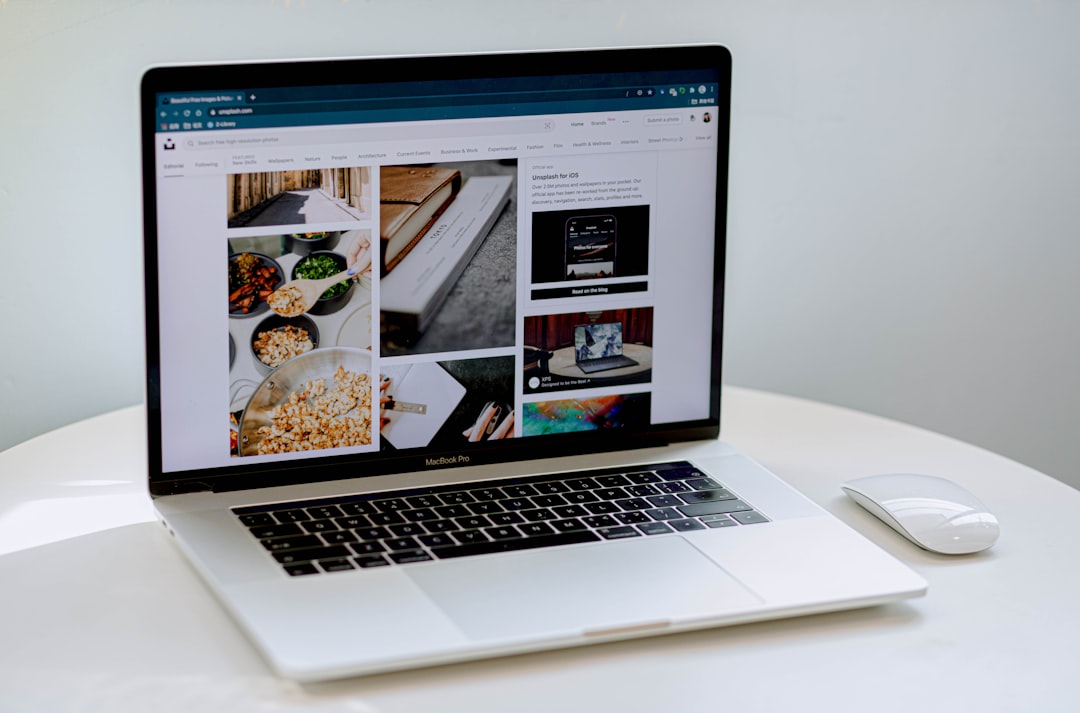
Conversion rates often suffer because potential clients interact with printed materials but never take the next step, leaving valuable intent untapped and contact details uncaptured. Home-based businesses can overcome this by integrating QR codes into key touchpoints, transforming passive interest into trackable, actionable digital engagement.
One of the biggest wins comes from replacing analog processes that rely on memory or manual entry. Printed brochures, paper forms, or handwritten sign-up sheets introduce friction and errors. When you attach a QR code to a flyer that routes directly to a mobile-optimized booking page, or swap a clipboard sign-up sheet at a craft fair for a QR-driven form, you reduce drop-off and instantly capture structured data. The same logic applies to order forms, warranty cards, or referral programs that previously required a phone call or email.
Define success metrics before you print anything. Clarify the conversion you want: a booked consultation, a quote request, a purchase, or a review. Use unique QR codes and UTM parameters for each asset to compare performance by channel, location, and audience segment. As results come in, refine your creative, calls to action, and landing pages. Advanced platforms like Sona QR streamline these steps, offering templates, tracking, and integrations that automate data capture and follow-up.

One of the persistent frustrations for home-based marketers is the lack of visibility into who is engaging with their offline materials. Traditional approaches like distributing flyers or business cards rely on prospects to take action later, often without traceability or connection to sales. As a result, high-value leads slip through the cracks, and the impact of marketing spend remains uncertain.
QR codes eliminate that uncertainty by enabling immediate action and measurable outcomes. A scan from a postcard can trigger a booking, a coupon claim, or a product demo within seconds, collapsing the time between interest and conversion. With dynamic QR codes, you can update destinations after printing and adjust offers in real time, so seasonal promotions stay fresh and misprints do not force a reprint.
For home-based businesses, the ability to track, attribute, and retarget every scan turns ordinary print into a performance channel. You can recognize patterns by neighborhood or event type, focus spend where it performs, and build a marketing engine that scales without expanding headcount.

Choosing the right QR code format is essential for capturing diverse types of engagement and ensuring data does not get lost along the customer journey. Different formats serve different objectives, and dynamic options unlock real-time optimization that static codes cannot match.
With granular analytics and CRM integrations through tools like Sona QR, business owners gain continuous insight into which formats drive not just engagement but also revenue. For example, you might discover that vCards outperform web links at farmer’s markets, while forms dominate on post-purchase inserts. That insight guides both creative and channel choices.
Growth often hides in routine outreach materials that home-based businesses already use, but which are not delivering trackable results. By adding QR codes, those materials become lead engines, as shown in these marketing use cases, and the clarity you gain from scan data quickly pays for the effort.
As you roll out placements, standardize your creative system: use consistent QR framing, clear instructions, and benefit-driven calls to action. Over time, your audience learns exactly what to expect when they scan, which boosts both scan rates and downstream conversions.

Practical applications for QR codes address common conversion and attribution challenges in home-based services. The best use cases remove friction, capture data at the source, and route prospects into automated follow-up while intent is hot.
These strategies reveal previously unidentified leads and create richer intent signals. They also unify the journey: a scan, a form, a booking, a review. Each action is linked back to the original touchpoint, which sharpens your understanding of what actually drives revenue.
Frustration arises when prospects show interest but never complete forms, leaving no way to nurture or retarget them. QR codes create actionable data every time they are scanned, allowing you to segment audiences by context, content, and intent. When multiple codes are deployed across your touchpoints, you can build a progressively richer profile for each contact.
For home-based businesses, useful distinctions might include nearby neighbors versus broader metro residents, past customers versus first-time prospects, or weekday lunchtime scanners versus weekend family planners. These distinctions inform what to say, how often to say it, and which channel is most likely to earn a response.
Marketing in silos leads to disconnected data and missed attribution. QR codes serve as connective tissue between print, digital, and in-person channels, closing gaps in the home-based business funnel. They transform a flyer into a tracked session, a booth interaction into a CRM contact, and a packaging insert into a verified review.
The result is a connected offline-to-online funnel that captures demand at the source. With a centralized platform like Sona QR, you can manage all your codes, monitor performance across channels, and sync scan data with your CRM and ad platforms. This unification reveals the true path to purchase and enables smarter, faster optimization.
Effective execution means fewer missed opportunities and less wasted spend. Use this checklist to go from idea to measurable impact.
Start by identifying where your opportunities are being lost. If many prospects ask for pricing but seldom book, build a scan-to-consultation flow that removes friction and captures contact data. If most of your customers find you through word-of-mouth, create a scan-to-referral program that tracks who sends business your way.
Define the business outcome in concrete terms and tie it to a single, clear call to action. For a home-based photographer, that might be “event RSVP at a bridal expo,” where the code routes to time slot reservations with automated reminders. For a home baker, it could be “scan to order a tasting box,” assigning tags for flavor preferences and timelines.
Choose the code format that matches your goal. Static codes are acceptable for fixed destinations like a brochure PDF or a general menu. They are simple and cost effective but cannot be edited or tracked deeply. Dynamic codes, by contrast, allow you to change the destination, add UTM parameters, run A/B tests, and view analytics by asset and channel.
If you care about data, retargeting, and flexibility, select a dynamic QR code. With Sona QR, you can centrally manage these codes, update links after printing, and consolidate performance reporting. This saves time and prevents sunk costs if your offer or landing page evolves mid-campaign.
Treat QR design as part of your conversion funnel. Add your logo, brand colors, and a clear frame that draws attention without overwhelming the layout. Always place a plain-language call to action next to the code, such as “Scan to Book Now,” “Scan for 15 percent Off,” or “Scan for Before and After Photos.” The microcopy should convey the benefit, not just the action.
Test scannability on multiple devices, from different angles and distances, and in varied lighting conditions. Confirm that the landing destination loads quickly and looks great on mobile. If you include a form, minimize fields and enable autofill. Run a small pilot with a handful of assets before you scale printing. A few minutes of testing prevents expensive reprints and lost conversions.
Match your placements to your audience behavior. Put codes where your ideal customers naturally pause or seek info: direct mailers they open at the kitchen table, conference signage they photograph, packaging they handle, or community bulletin boards they pass on weekend errands. In each placement, be specific about the next step and the value provided.
Prioritize channels with a track record of response. If your neighborhood flyers drive calls, test QR variants with different offers across adjacent blocks. If you host pop-up demos, print QR table tents to replace clipboards and pens. For everyday operations, add codes to invoices, receipts, and thank-you cards to encourage reviews, referrals, and repeat purchases.
Measurement is where QR campaigns earn compounding returns. Use Sona QR to track scans by time, device, and location. Add UTM parameters to every destination so you can analyze outcomes in Google Analytics or your CRM. Monitor conversion behavior and identify drop-off points in the funnel.
A/B test landing pages, headlines, and calls to action. Rotate offers weekly to keep messages fresh. Compare performance across assets and geographies, then shift budget and energy toward the winners. As you learn, document your best practices and standardize them across your team, even if that team is just you and a part-time assistant.
A common source of friction is the inability to trace which campaign touchpoints generate revenue, especially when multiple offline and online actions occur before a sale. Advanced QR code analytics resolve that ambiguity, connecting the dots from scan to form fill to booking to purchase. Instead of guessing which flyer or event worked, you see it in the data.
With Sona QR and Sona, an AI-powered marketing platform that turns first-party data into revenue through automated attribution, data activation, and workflow orchestration, you can track scans in detail and attribute downstream actions with confidence. Each scan is captured with time, device, and location. You can view performance by campaign, asset, and channel, then respond in real time with content or offer changes. When Sona QR is synchronized with your CRM, those scans enrich contact records and trigger workflows, alerts, or lead scoring.
The result is clarity: you know which physical materials and messages move the needle, which audiences are in-market now, and where to invest next. Instead of hoping that print works, you optimize it continuously based on evidence.
Winning more conversions and reducing missed opportunities requires both creativity and discipline. Focus on consistent tagging, clear messaging, and automation that extends engagement beyond the first scan.
Creative deployment examples include QR codes on loyalty punch cards for a home-based coffee subscription, routing to a surprise-and-delight reward after five scans, or QR codes on invoices for an on-site handyman that let clients instantly leave a review or book their next seasonal checkup. The more you align the code with the customer’s immediate context, the higher your response will be.
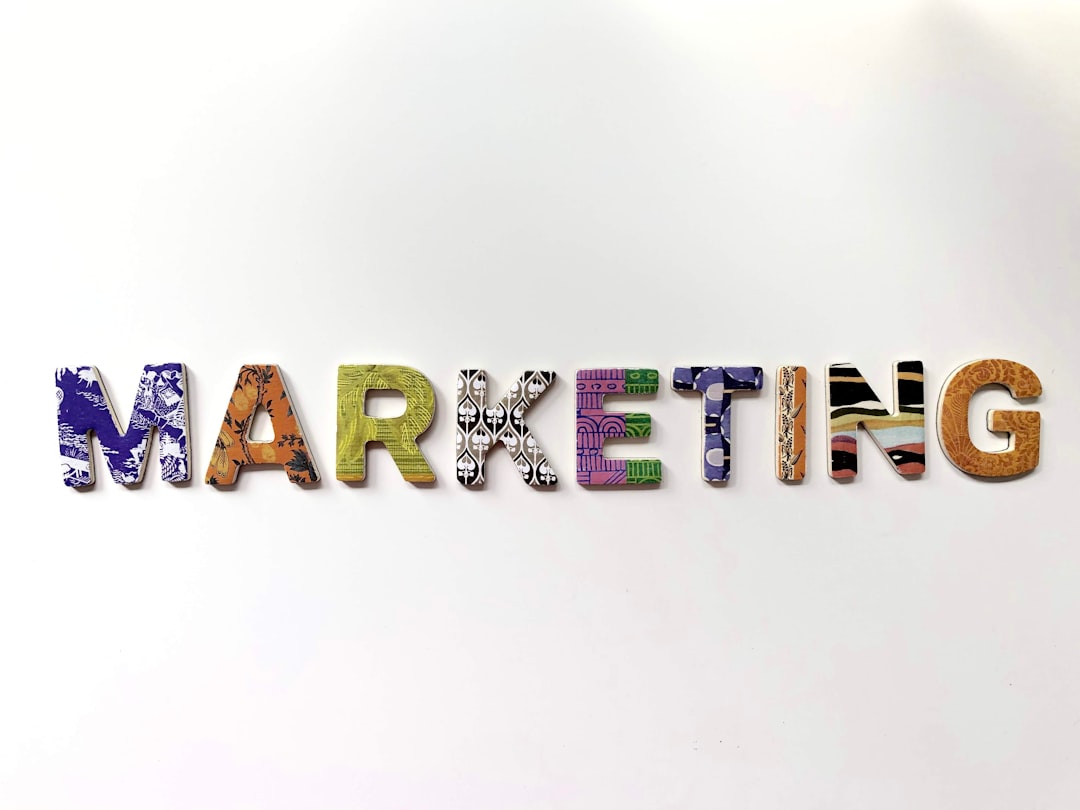
Small and home-based businesses are using QR codes to solve frustrations like missed opportunities and fragmented data, turning offline touchpoints into measurable growth engines.
Other creative plays include QR-coded referral cards for home stylists that credit both the referrer and the new client, or QR-enabled window decals for pet sitters that promote seasonal offers to dog owners walking by. In each example, the code gives prospects an immediate reason to act, while the business gains analytics that inform where to scale.
To avoid wasted effort and maximize every opportunity, home-based marketers should start small, instrument everything, and iterate quickly. QR codes are simple to print, but performance depends on relevance, clarity, and follow-through.
Common pitfalls include sending scanners to slow-loading pages, hiding QR codes among cluttered designs, or forgetting to tag links with UTMs. Another frequent mistake is letting codes go stale. If an offer expires or contact details change, update dynamic destinations immediately and avoid frustration that erodes trust.
QR codes have become a foundational tactic for home-based business marketing services determined to bridge the gap between offline interactions and measurable, reliable growth. By embedding scannable, trackable touchpoints on every flyer, package, or handout, businesses gain newfound visibility into who their real prospects are and how they engage. This increased transparency converts missed opportunities into repeatable results and enables precise attribution and smarter marketing spend.
With the right QR platform, home-based businesses can transform routine outreach into scalable, data-driven revenue, combining personal connections with digital sophistication for more productive and resilient growth. If you are ready to start, generate and track your first dynamic QR codes with Sona QR, connect them to your CRM, and turn everyday materials into a measurable funnel that delivers conversions you can see and scale. Start creating QR codes for free.
QR codes have transformed home-based business marketing services from simple outreach into powerful, trackable conversion engines. Whether you’re acquiring new customers, enhancing client interactions, or streamlining promotions, QR codes replace guesswork with precise, real-time data—turning every marketing touchpoint into an opportunity for growth. Imagine effortlessly knowing which flyers, social posts, or product tags are driving sales, enabling you to optimize your efforts instantly.
With Sona QR, creating dynamic, trackable QR codes is fast and flexible. Update campaigns on the fly without costly reprints, connect every scan directly to revenue, and gain insights that help you nurture leads and boost conversions. No more missed chances—just smarter, more efficient marketing tailored to your home-based business goals.
Start for free with Sona QR today and transform every scan into a meaningful connection and a measurable sale.
The best marketing services combine offline materials like flyers and business cards with digital tools such as dynamic QR codes to capture leads, track engagement, and automate follow-ups for measurable conversion growth.
QR codes link physical marketing materials to digital destinations, enabling instant lead capture, tracking of prospect engagement, routing into CRMs, and triggering automated follow-ups to improve conversion rates.
Using inexpensive QR codes on existing print materials, digitizing sign-ups at local events, prompting reviews via packaging inserts, and automating CRM lead capture provide cost-effective ways to generate measurable marketing results.
Integrate QR codes into offline marketing to drive prospects to mobile-optimized booking pages, review sites, or social media, and sync scan data with your CRM to personalize follow-ups and build a stronger online reputation.
Innovative uses include dynamic QR codes for real-time offer updates, QR-driven forms replacing paper sign-ups, SMS or email triggers for quick inquiries, Wi-Fi access codes for client onboarding, and QR codes on loyalty cards or referral programs.
Use Sona QR's trackable codes to improve customer acquisition and engagement today.
Create Your FREE Trackable QR Code in SecondsJoin results-focused teams combining Sona Platform automation with advanced Google Ads strategies to scale lead generation

Connect your existing CRM

Free Account Enrichment

No setup fees
No commitment required

Free consultation

Get a custom Google Ads roadmap for your business


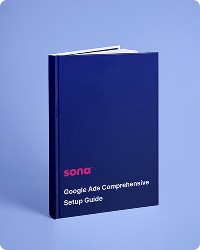
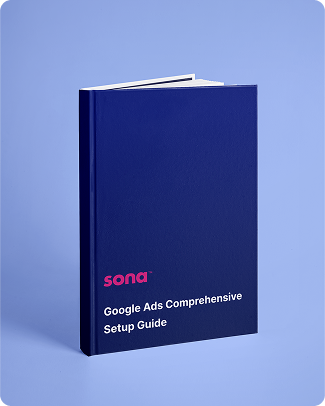

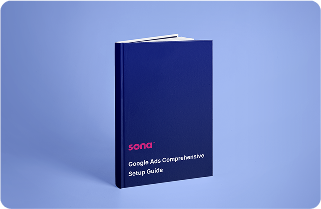
Launch campaigns that generate qualified leads in 30 days or less.
